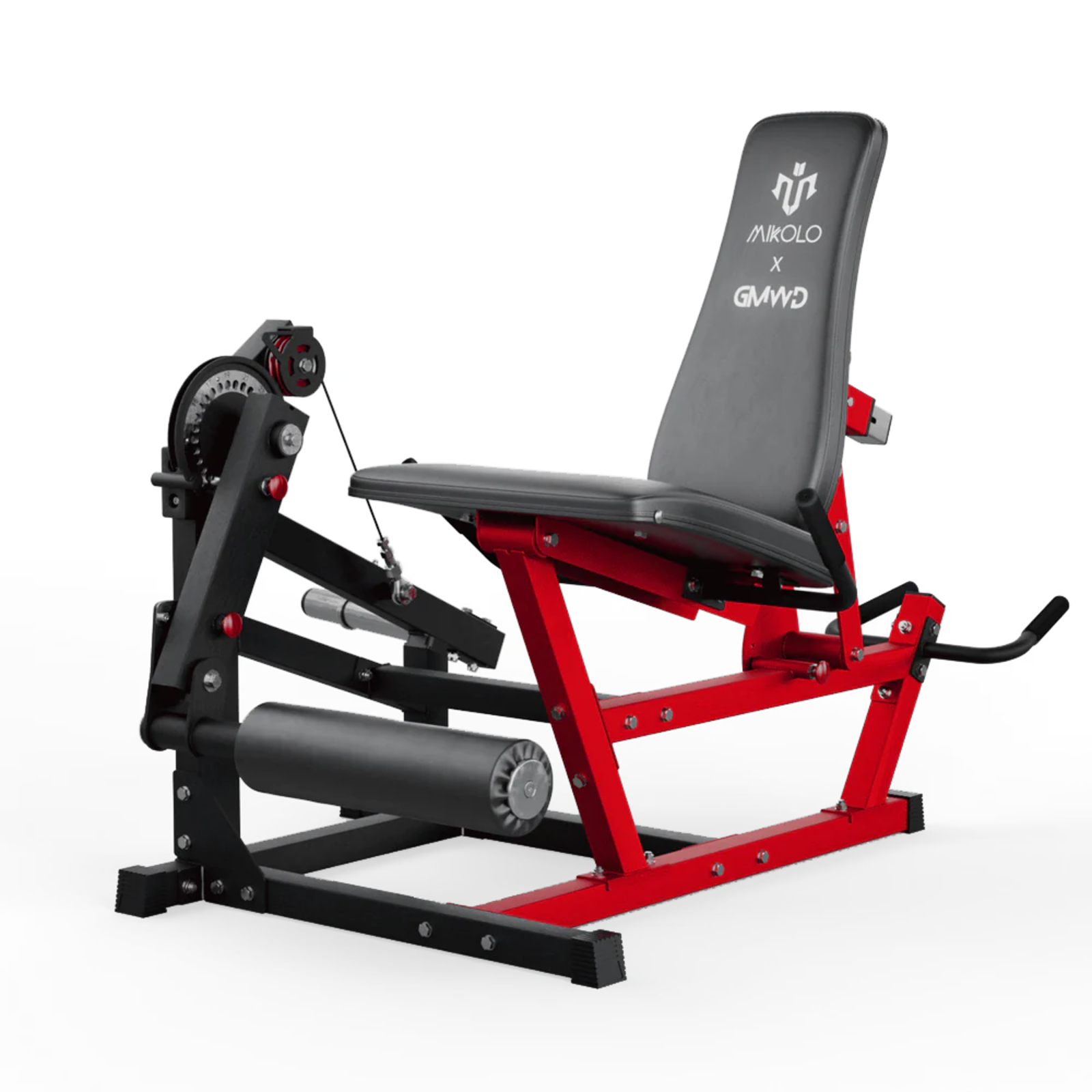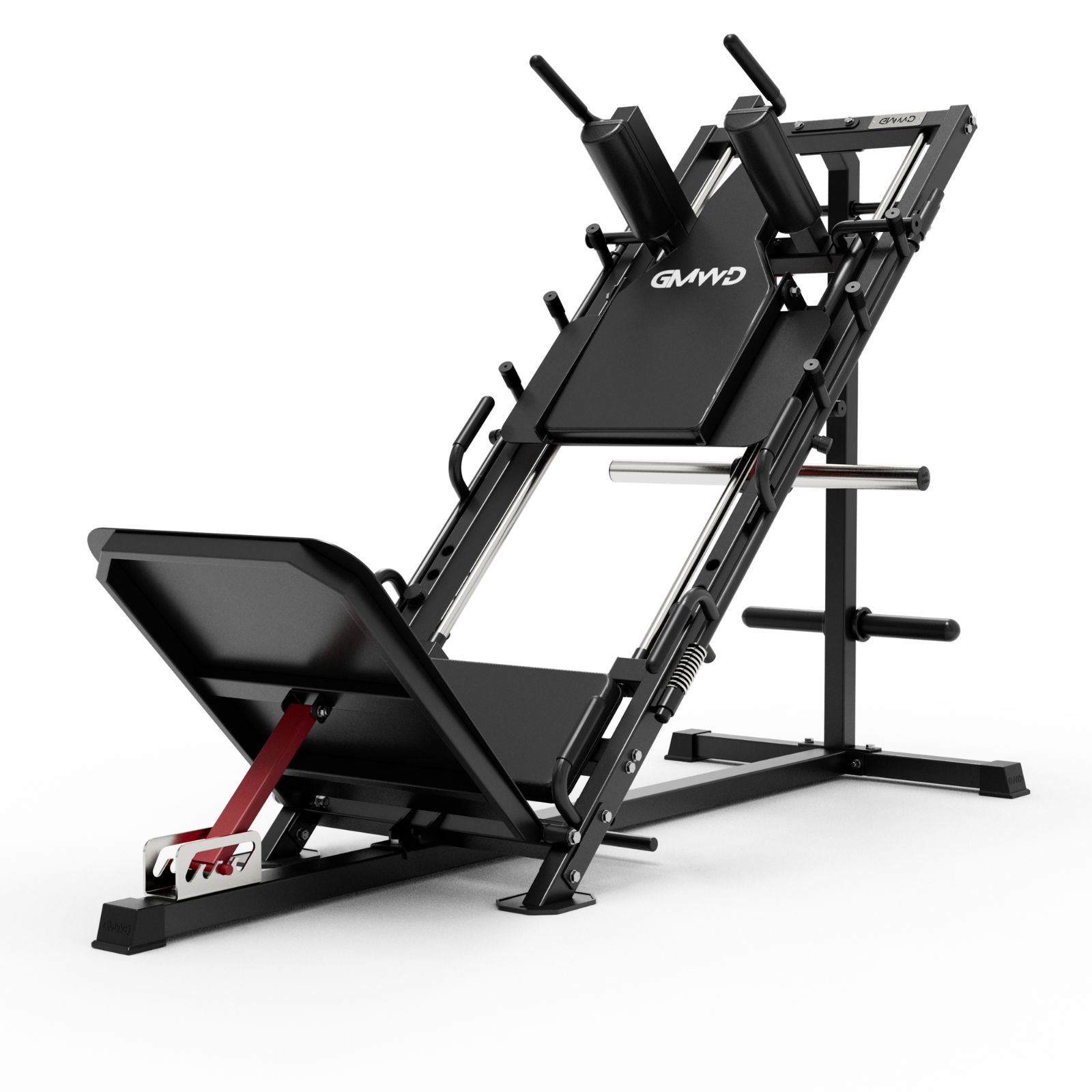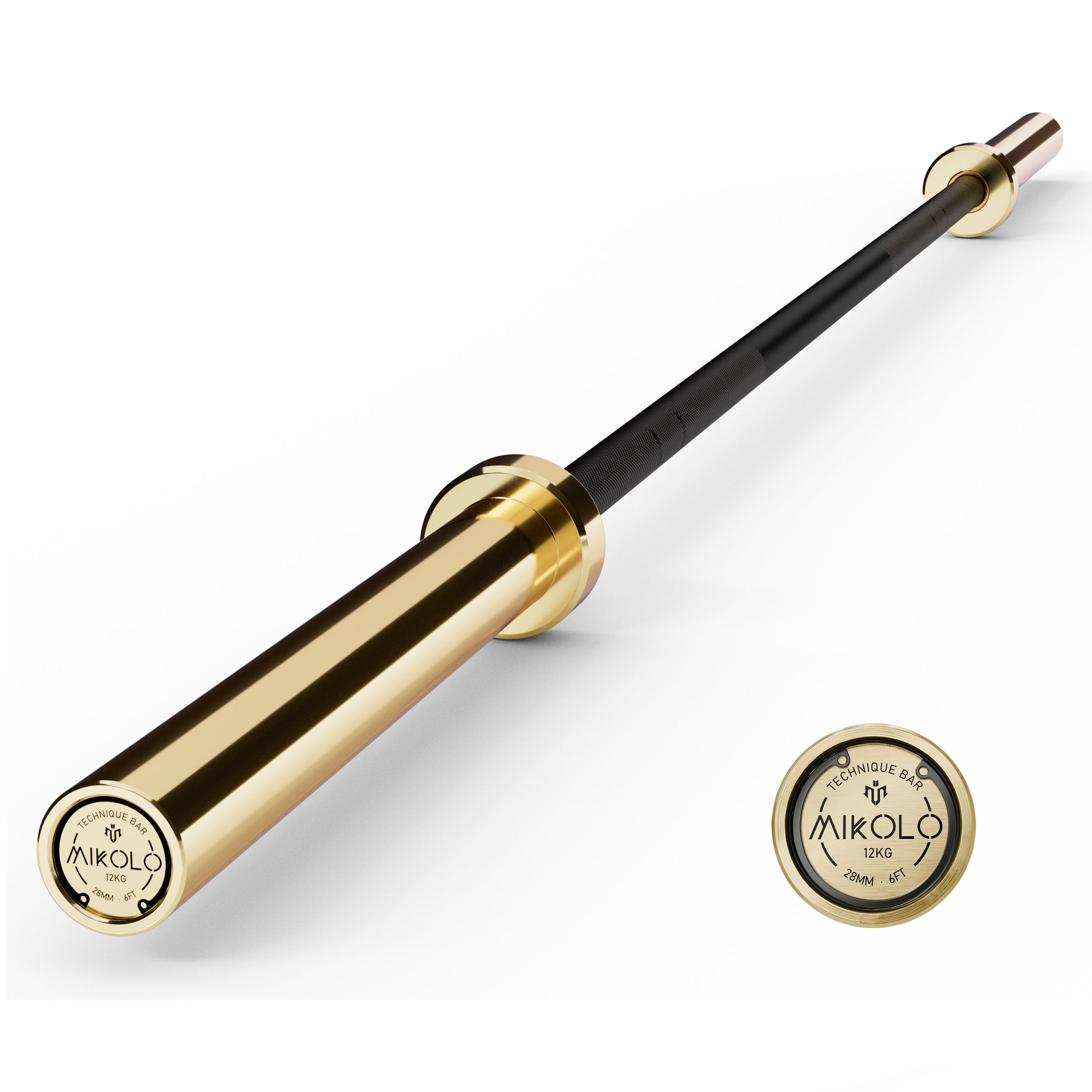For anyone serious about building strength, the 50 lb barbell is more than just another piece of gym equipment—it’s a staple. Whether you're lifting in a commercial gym or stocking your home setup, a 50-pound bar delivers the perfect balance between challenge and control for intermediate to advanced users. Let’s break down why this weighted workout bar deserves a place in your routine.
What Makes a 50 LB Barbell So Effective?
The 50 lb bar (sometimes referred to as a 50 lb fixed barbell or 50-pound barbell) sits in that sweet spot where it’s heavy enough to promote muscle growth, yet manageable enough for multi-rep sets. It's commonly found in both fixed and standard barbell formats—either pre-weighted or designed for loading with plates.
With a diameter of around 28mm (a common grip size for most barbells), it’s comfortable to hold and works well for compound lifts like:
-
Bent-over rows
-
Overhead presses
-
Romanian deadlifts
-
Landmine exercises
-
Zercher squats
The consistent, fixed weight also allows for rapid-fire circuit training—no need to waste time changing plates between sets.
Ideal Uses: More Than Just Bench Presses
A 50 lb weighted bar isn’t just for classic lifts. It’s perfect for unilateral training, such as single-arm landmine presses or split squats, where balance and control matter more than sheer weight. I’ve even used it in conditioning circuits where I alternate between barbell thrusters and jump squats—it pushes my heart rate without sacrificing form.
If you're working with a 50 lb barbell weight as part of your regular program, you're likely aiming for strength endurance, hypertrophy, or explosive power. The weight offers enough resistance to create real stress on the muscles, especially when paired with short rest periods.
My Experience with the 50 LB Bar
A few years ago, during a deload week after heavy squatting cycles, I switched to using a 50 lb fixed barbell for goblet-style front squats. The goal was to maintain intensity while reducing joint strain. To my surprise, the lighter weight forced me to dial in my form, slow down the tempo, and engage my core far more than I had with heavier lifts. That week ended up transforming how I approached tempo work and muscular control.
To this day, I still integrate the 50-pound bar into my warm-ups and accessory movements, especially when I’m working on mobility or recovery.
Who Should Use a 50 LB Barbell?
This weight is ideal for:
-
Intermediate lifters building work capacity
-
Athletes training for explosive speed and muscle control
-
Women or men using fixed barbells for metabolic circuits
-
Home gym owners looking for one versatile bar to cover multiple bases
If you’re new to lifting, you might consider starting a bit lighter, but the 50 lb bar is a natural progression point once your form is solid. It’s also a great piece for trainers and coaches to keep in their arsenal, offering clients a consistent load without the fuss of plate changes.
Final Thoughts
Whether you call it a 50 lb bar, a 50-pound barbell, or a weighted workout bar, this piece of equipment is far more than a mid-range option—it’s a workhorse. It teaches control, boosts endurance, and provides versatility across every phase of training.
In a world full of trendy machines and digital resistance tools, the simplicity and effectiveness of a good old-fashioned 50 lb barbell still stand strong.










































Leave a comment
This site is protected by hCaptcha and the hCaptcha Privacy Policy and Terms of Service apply.